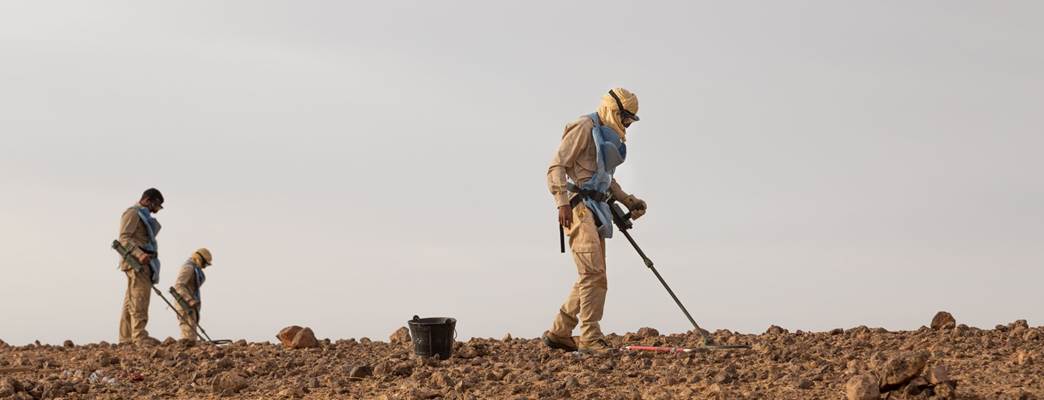In 2019, it will be 20 years since the Mine Ban Treaty entered into force. The treaty has established norms that are widely respected and adhered to by other states in addition to the states parties themselves. The stigma attached to using banned weapons is very clear.
Since the treaty was adopted, 164 states parties have joined, 53 million stockpiled mines have been destroyed, and vast areas have been successfully cleared and released to local communities. This makes it possible for people to live free from fear, and for development to take place. Each of these 53 million landmines represents a life or a limb saved.
Norway has been supporting mine action for 25 years and is one of the top five donors to global mine action. We are currently funding mine action in 18 countries across the world, in direct partnership with humanitarian NGOs.
The Norwegian Presidency
Norway will take over the presidency of the Mine Ban Treaty at the end of the 17th Meeting of States Parties in Geneva on 30 November 2018. Norway looks forward to welcoming states parties, observers and civil society to the Fourth Review Conference in Oslo in November 2019.
The Norwegian presidency will take as its point of departure the humanitarian aspect of the treaty. It was the indiscriminate impact of landmines that provided the push for the Mine Ban Treaty. This treaty is an important tool to ensure the protection of civilians both during conflict and long after conflicts are over.
A mine free world
The goal of a mine free world by 2025, which was adopted during the 3rd Review Conference in Maputo, Mozambique, will underpin Norway’s efforts to inject new energy into global mine action, although we recognise that our work will have to continue beyond that date.
The Oslo Action Plan to be adopted in November 2019 should provide the push to finish the job in as many countries as possible. Far more experience, technological advances and vastly improved methodologies are available to the mine action sector today than was the case when the Mine Ban Treaty was adopted.
A mine-free world does not mean a world without landmine victims and survivors. Survivors will continue to need access to services, education and employment in their communities.
Widespread use of improvised landmines
In recent years, we have witnessed new and widespread use of improvised landmines and improvised explosive devices. Many of these are produced and used as tools of war and terror by non-state actors. Improvised explosive devices are not a new concept. What is new is the scope and magnitude of the problem, and the sharp increase in the number of civilian casualties and injuries.
More information
- More about the Norwegian Mine Ban Efforts on the Norwegian Government’s website.
- The Mine Ban Treaty.
